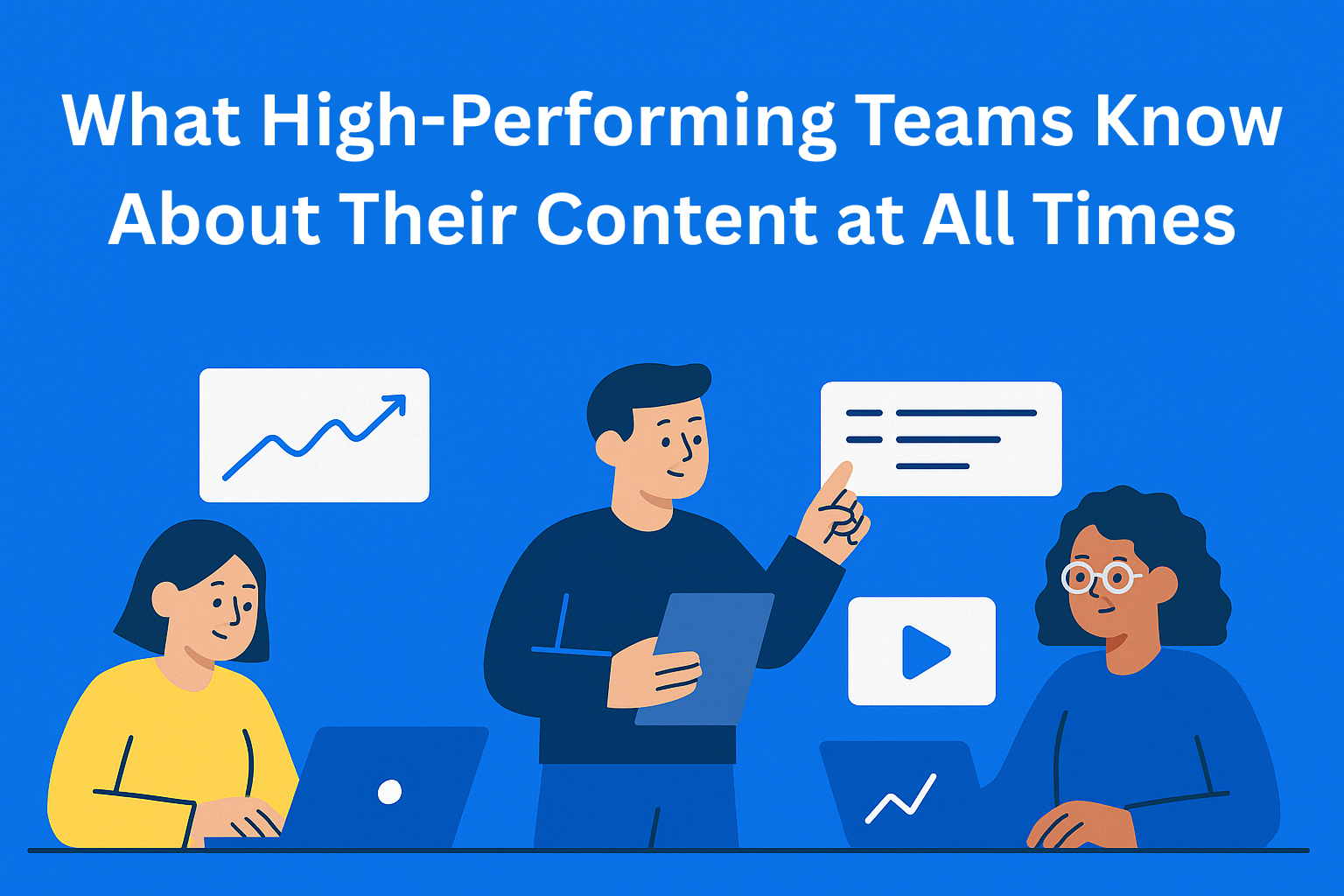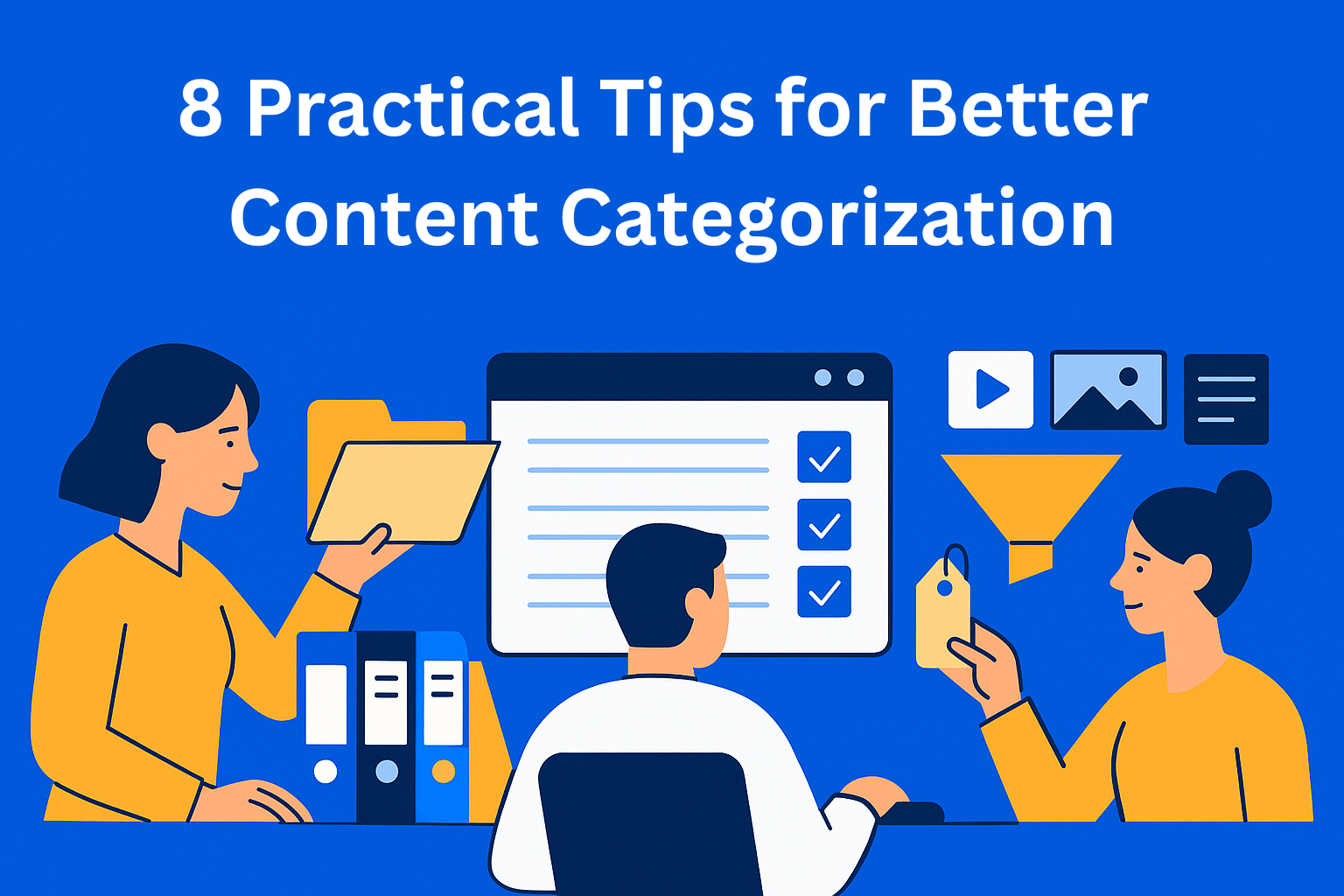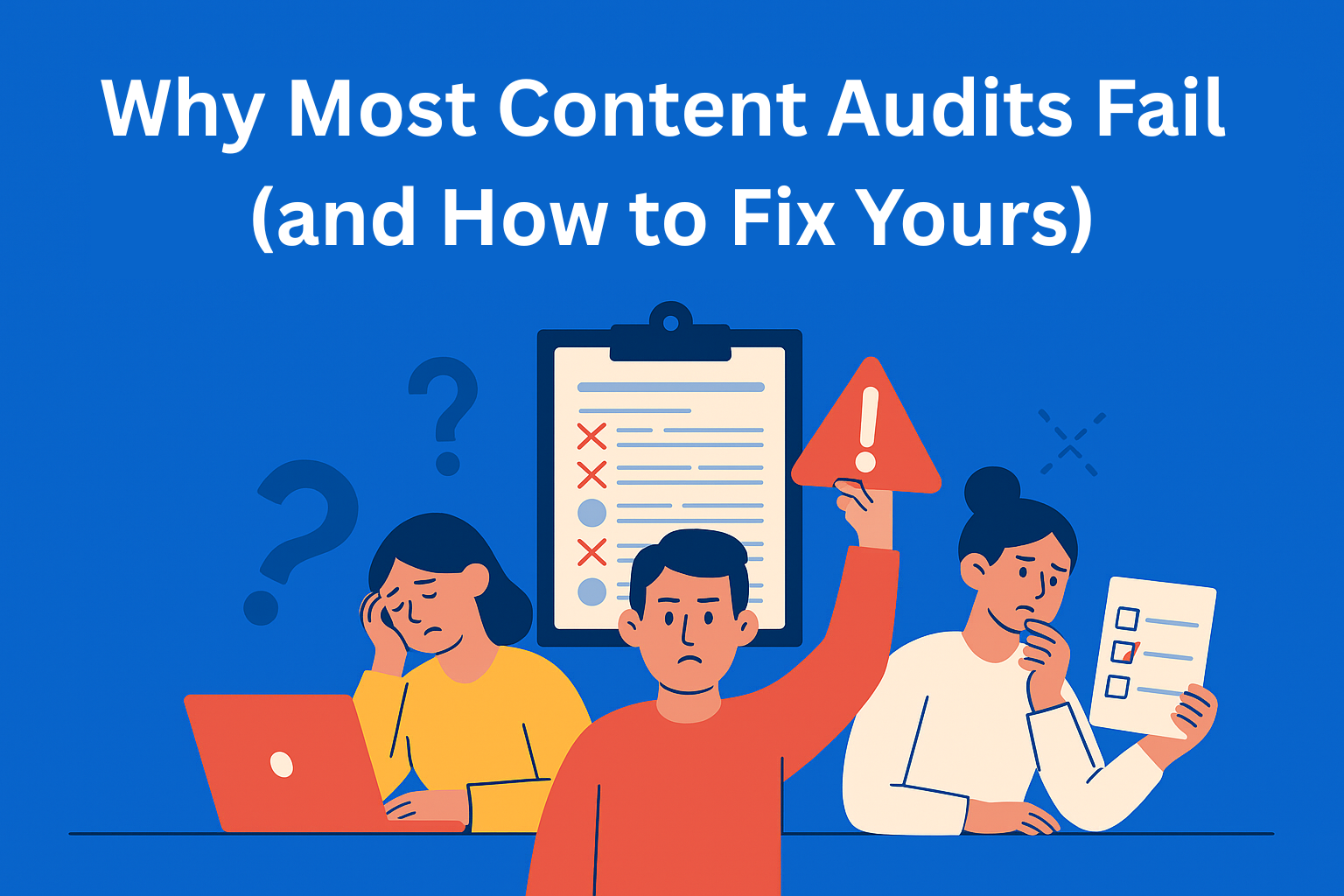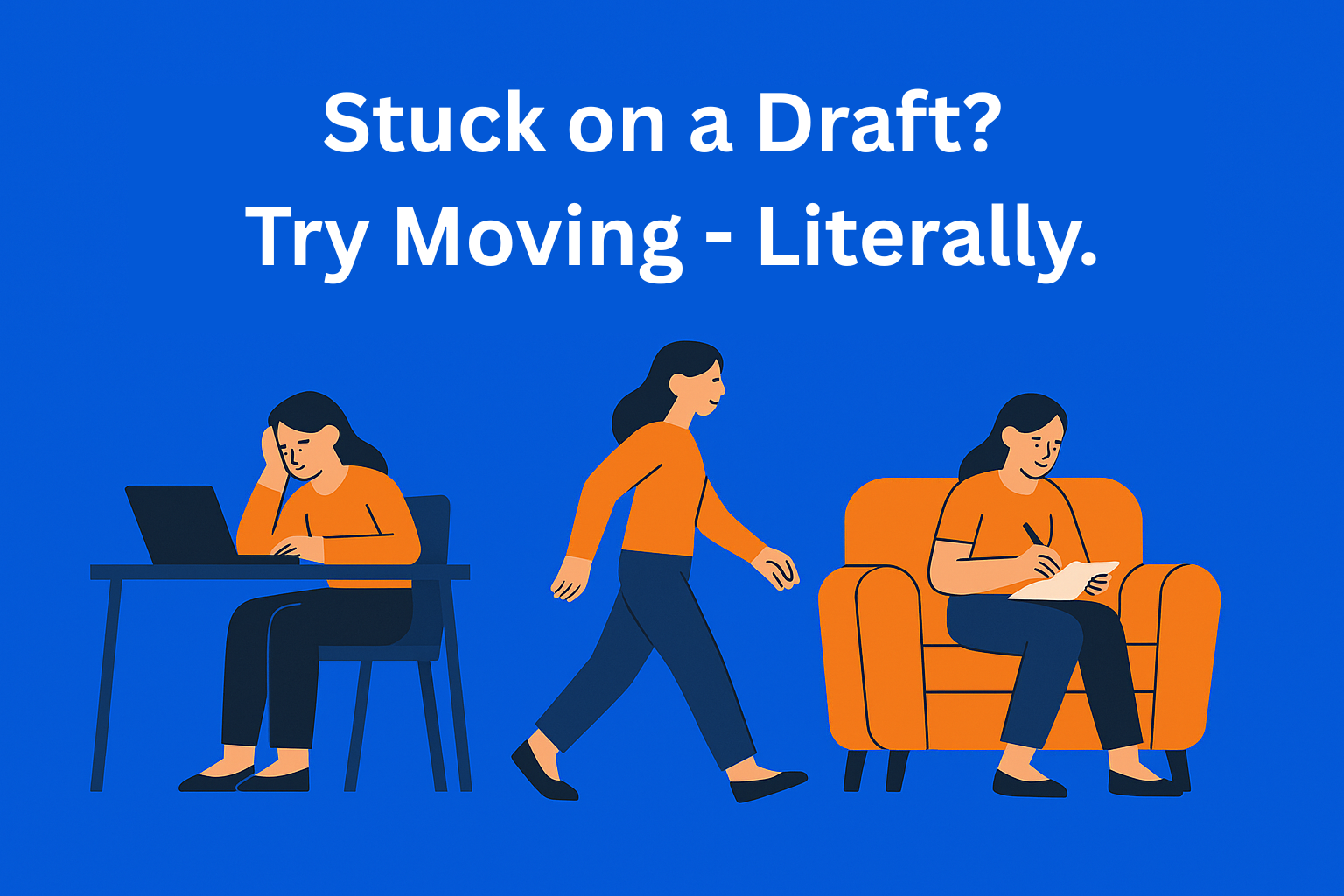What Happens When You Stop Creating Content Altogether?
Hitting pause on content may seem harmless, but silence quickly erodes visibility, trust, and opportunities. This blog explores what really happens when you stop creating - and how to avoid burnout without going dark.
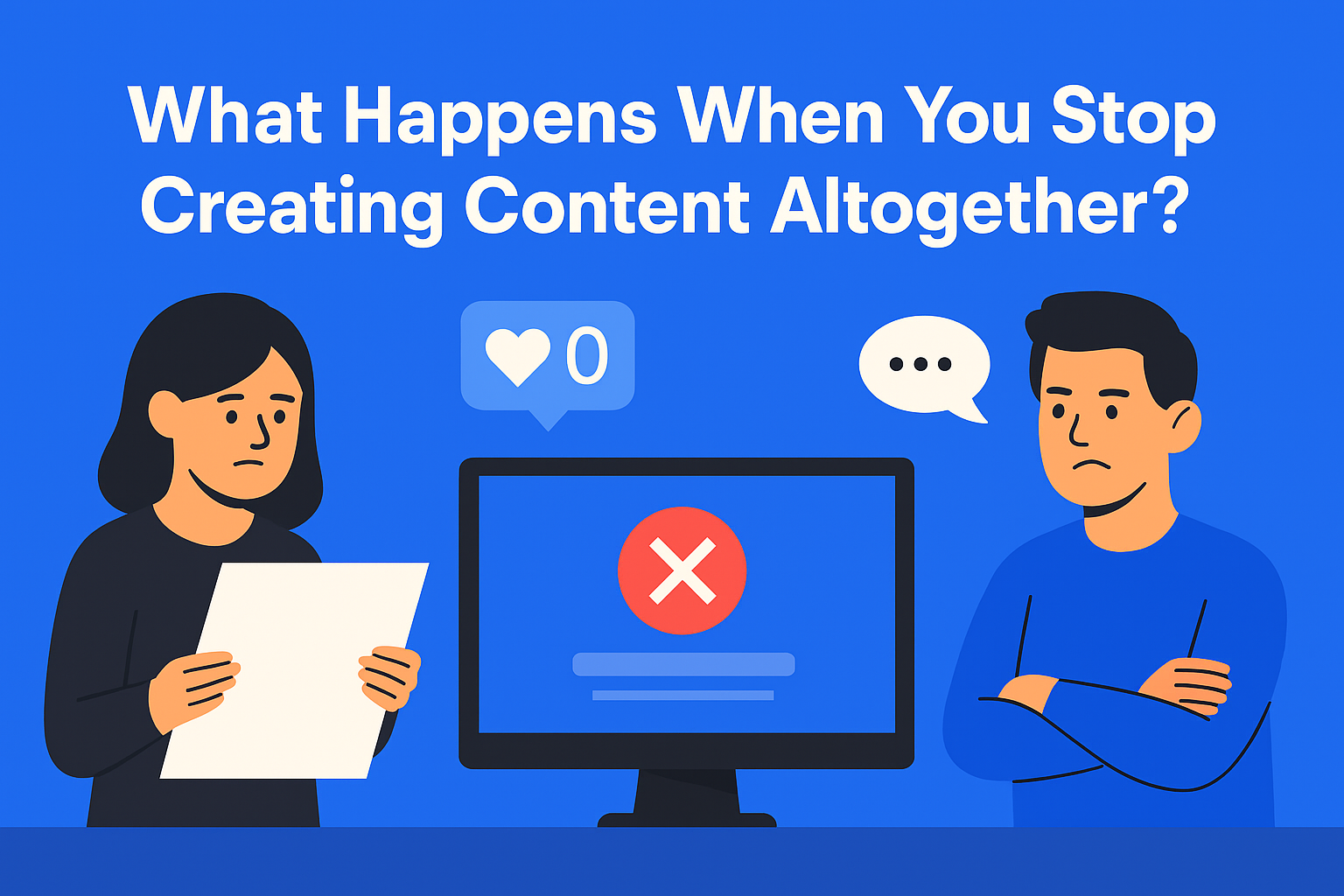
Let’s play a quick thought experiment. Imagine your brand decides to stop creating content. No blogs. No LinkedIn posts. No email newsletters. Radio silence.
Would anyone notice?
At first - probably not. Your site still exists, your social media pages still have old posts, and your audience might assume you’re just “busy.” But give it a few weeks, and the silence starts to speak louder than any words could. Over time, stopping content creation becomes more than just a pause - it becomes a red flag.
So, what really happens when you hit the brakes on your content engine? And more importantly, how do you avoid reaching a point where burnout forces you to?
Key Takeaways
- Momentum matters - Pausing content may seem harmless, but over time it erodes visibility, trust, and engagement.
- Silence is costly - Less content means fewer touchpoints. Rankings drop, and competitors fill the space you vacated.
- Trust suffers with inconsistency - Infrequent publishing makes your brand feel unreliable and slows buyer confidence.
- Prevent burnout with systems - Repurpose, batch, and use tools like EasyContent to publish without pressure.
- Strategic restarts work - If you paused, own it. Refresh key posts, reconnect with your audience, and rebuild with purpose.
Week One: Business as Usual
In the first week of no new content, life looks the same. Your existing blogs might still trickle in traffic from Google. Scheduled posts may still run their course. Nobody is panicking. Honestly, it feels like a well-earned vacation.
But here’s the thing about digital marketing - momentum matters. You can coast for a bit, but eventually, the wheels slow down.
Month One: Fewer Touchpoints, Less Engagement
By the one-month mark, the gaps start to show. Prospects visiting your site don’t see anything fresh. Loyal followers begin to notice the lack of updates. Engagement dips. It’s not catastrophic, but it’s a sign: out of sight really does mean out of mind.
Think about it this way - would you keep hanging out with a friend who never texts back? Probably not. Consistency builds relationships, and silence erodes them.
Six Months Later: Visibility Drops Like a Rock
Fast forward six months, and now the effects are unavoidable.
- Search engines start favoring fresher content from competitors. Your rankings slip.
- Social channels see your engagement tank, because the algorithm doesn’t push stale pages.
- Prospects who once trusted your brand start seeing others as more relevant and active.
At this point, the problem isn’t just losing visibility. It’s the effort it will take to climb back. Restarting after a long pause is like getting back to the gym after skipping for half a year. (Spoiler: your SEO muscles will be sore.)
The Hidden Costs of Silence
Stopping content creation doesn’t just impact numbers - it changes perception. Here’s what happens behind the scenes:
- Trust declines - If you stop showing up, people wonder why. Are you still reliable? Still a leader in your space?
- Opportunities vanish - That timely blog or LinkedIn post you didn’t write? A competitor did, and now they’re part of the conversation instead of you.
- Sales cycles get longer - Without content to nurture leads, prospects need more 1:1 interaction, slowing down conversions.
In short, silence isn’t neutral - it’s a step backwards.
How to Avoid Burnout Without Going Dark
Now, here’s the good news: keeping the content engine running doesn’t mean burning your team out. The secret is balance.
Here’s how to stay consistent without draining your resources:
- Repurpose smartly - Turn one webinar into three blog posts, a LinkedIn carousel, and a short video.
- Batch create - Produce multiple pieces of content in one sitting so you’re not scrambling each week.
- Document guidelines - Create clear tone, style, and format guides so content doesn’t stall in endless revisions. (This is where a tool like EasyContent shines - it keeps all your briefs, templates, and approvals in one place, so you don’t waste time hunting down feedback.)
- Use AI as a helper, not a crutch - Let AI handle first drafts or idea generation, but keep humans in charge of quality and voice.
Consistency doesn’t mean posting daily - it means posting predictably.
The Climb Back Up (If You Do Stop)
Let’s be real: sometimes, pauses happen. Budgets get cut. Teams get downsized. Life happens.
If you ever find yourself needing to restart after a break, here’s how to get back on track:
- Audit your existing content - Some of your old posts may just need a refresh, not a rewrite.
- Re-engage your audience - Don’t pretend you never went silent. Acknowledge the break and bring people back in with something valuable.
- Prioritize quality over speed - It’s tempting to “make up for lost time,” but don’t flood your channels with filler. Thoughtful content rebuilds trust faster.
Conclusion
Stopping content creation might feel harmless at first - but over time, it chips away at visibility, trust, and opportunities. And the longer the pause, the harder the climb back.
The lesson? Don’t let your content engine stall in the first place. Create processes, set realistic goals, and lean on tools that make consistency manageable. With a platform like EasyContent, you can keep your workflows organized, your team aligned, and your publishing steady - even when resources are stretched.
Because in content, silence doesn’t go unnoticed. And in the long run, staying present always pays off.



